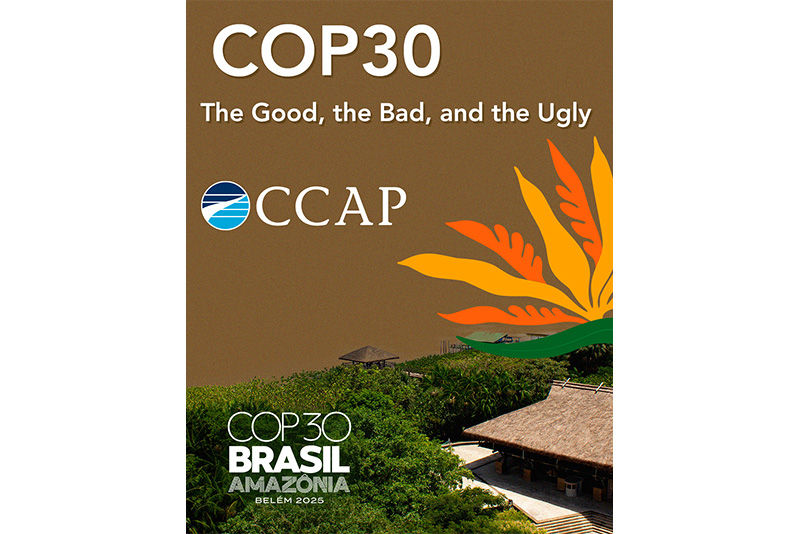Empowering Developing Countries to be Full Participants in the Paris Agreement
- Laurence Blandford
- Apr 19, 2016
- 3 min read
This week on Earth Day the landmark Paris Agreement opens for signature in a high-level ceremony in New York City, convened by UN Secretary-General Ban Ki-moon. Nearly 170 countries will sign at that event including 15 out of 16 CCAP Mitigation Action Implementation Network (MAIN) countries, according to UNFCCC Executive Secretary Christiana Figureres. CCAP CEO Bill Tyndall will be attending.
Heads of delegations at COP21 in Paris, 2015

The April 22 signing is a major step towards the Agreement’s full application and implementation. It is strong show of political commitment, with signatories standing behind their decision to adopt the agreement in Paris last December and pledging to take the necessary domestic steps that would allow them to be legally bound by its provisions through formal ratification. The Paris Agreement will enter into force, and therefore bind the countries that have ratified it, 30 days after the day on which at least 55 Parties to the UNFCCC, accounting for 55% of global emissions, ratify the Agreement.
This process that countries will need to go through to be able to ratify the Agreement will depend on their domestic legal systems, and in some cases, on the national government’s confidence that they are in a position to fully meet their obligations under it. At ratification, Parties will convert their pre-Paris pledges for post-2020 emissions reductions, namely their Intended Nationally Determined Contributions (INDCs), into country commitments under the Agreement, or simply Nationally Determined Contributions (NDCs). They will also be committing to take on further NDCs under the successive five-year cycles provided for under the Agreement, with these NDCs growing in ambition over time, in line with each country doing its part to achieve global carbon neutrality before the end of the century.
CCAP’s analysis suggests that key countries are not yet at a point where they have a fully-fledged plan to achieve their first NDC. Over the coming years countries will be working to put in place the policies, measures and finance-ready investment strategies to help achieve, and hopefully surpass, their pledges. This undertaking is of an unprecedented scope for many countries, implying economy-wide climate policy-making integrated into national planning and budgetary processes like never before.
Between now and 2020 will therefore be a critical time to help developing countries achieve the capacity to be full participants in the Agreement. Supporting countries to implement their INDCs will not only help them achieve their targets, but will also mainstream climate policy into their wider sustainable development and poverty reduction agenda. Developing countries have expressed their resolve to do so, based in part on the will expressed by developed countries to provide and mobilize financing in support of their efforts.
Enhancing support for countries to convert their INDCs into implementable and financeable measures will therefore be essential, including through a Green Climate Fund and a Global Environment Facility that should make building a pipeline of INDC-implementation projects a top priority in the near term.
55 Parties to the UNFCCC, accounting for 55% of global emissions, are enough to ensure the Paris Agreement enters into force. However, all Parties to the UNFCCC need to be full participants in its success. The ceremony on April 22 should remind us that there is no time to waste in order to seize the political will expressed to help countries turn their pledges into action now and achieve even more over the course of the coming decades.




شيخ روحاني
رقم شيخ روحاني
الشيخ الروحاني
الشيخ الروحاني
شيخ روحاني سعودي
رقم شيخ روحاني
شيخ روحاني مضمون
Berlinintim
Berlin Intim
جلب الحبيب
https://www.eljnoub.com/
https://hurenberlin.com/